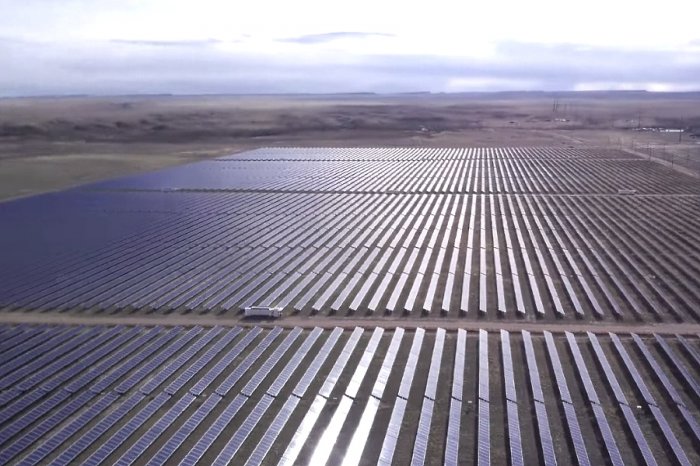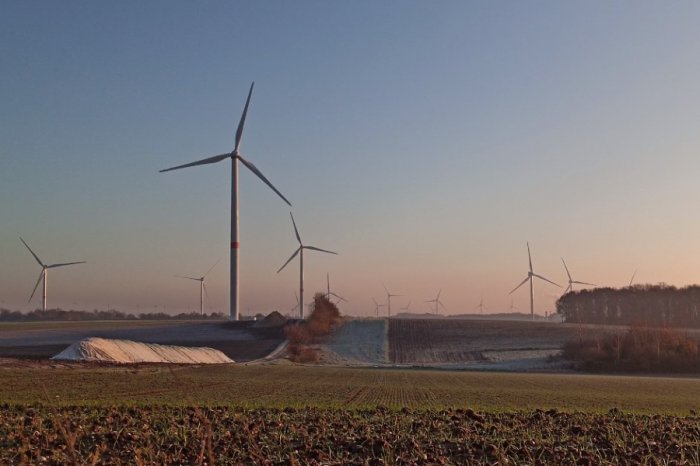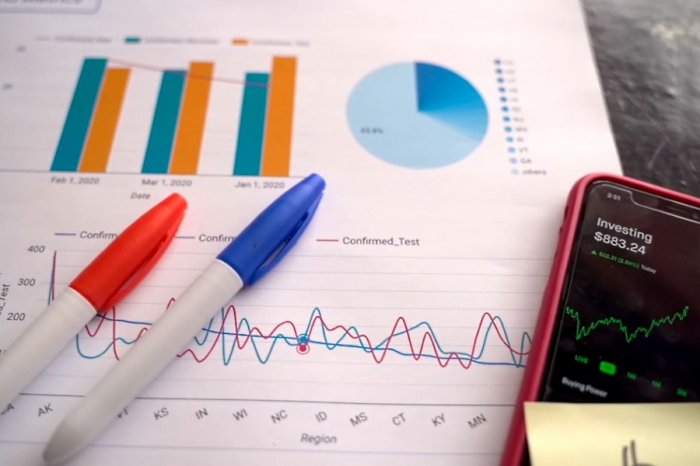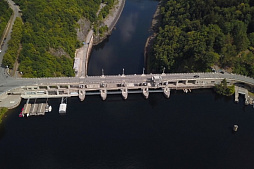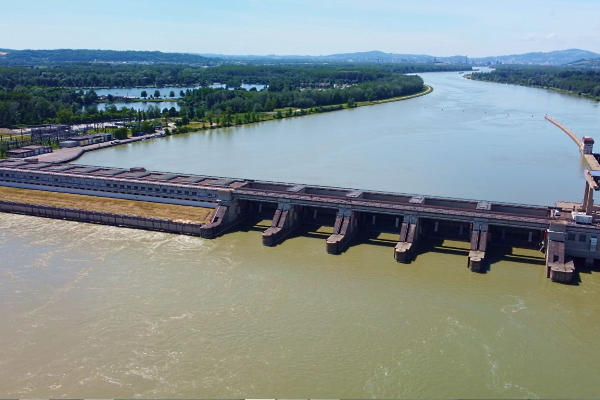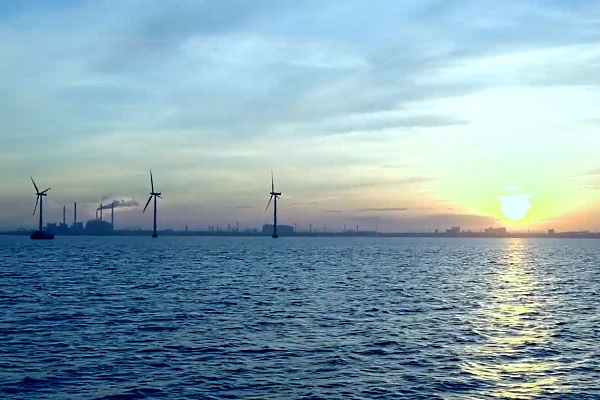To consider an application for financing, fill out the form and send it to us by e-mail along with the project brief, or contact our experts
Project finance in Australia, once fueled by the high profitability of oil and gas projects, is now increasingly being used for large infrastructure and environmental projects across the continent.
Skywalk Investment Group, a European financial and investment company with an international presence, is ready to offer long-term loans for the implementation of large projects in Australia and New Zealand.
We also offer project finance organization (including SPV registration) and a full range of consulting services to support your business in Australia and overseas.
Project finance of investment projects in Australia: problems
Many enterprises that have experience in implementing investment projects in Australia have found themselves in situations where potential investors refused to provide funds, motivating their decision with a too high investment risk in certain sectors.Some of the risks for large investment projects in Australia are summarized below:
• Volatility in government policy, especially in terms of supporting capital-intensive infrastructure projects under the PPP. For example, a few years ago, the Australian media covered the situation around the multibillion-dollar project East West Link (Melbourne), the construction of which was stopped due to a change of government.
• Insufficiently mature stock market limits the ability to attract serious financial resources through the issue of securities. This forces companies to seek external funding and flexibly use various combined instruments to implement capital-intensive projects.
• The fragile state of the Australian energy sector, against the backdrop of low local electricity demand, remains a major obstacle to new energy projects. Given its isolated geographic location and remoteness from neighboring countries, Australia is unable to export electricity and is forced to fully focus on domestic consumption.
On the one hand, in the developing countries of Southeast Asia and Africa, with their high political, economic and social instability, it is quite easy to lose invested capital than to make money on it.
On the other hand, the Australian market is characterized by a very high level of competition, which, against the backdrop of the ongoing global crisis, creates additional risks for capital-intensive projects, especially those implemented by young companies.
This business problem can be solved in two ways:
• The project sponsor can postpone business plans until the investment climate improves and the activity of large financial players increases, using the forced pause to implement small projects that do not require external funding sources.
• Without waiting for an improvement in the attractiveness of the sector and an increase in investor activity, look for more acceptable financial models and sources of financing.
Given the high degree of development of the local market, each company must create a favorable investment microclimate through strict adherence to payment discipline, improving production management and quality of projects, developing rational measures aimed at reducing investor risks and increasing the attractiveness of projects.
In recent years, it has become obvious that this is the only way to create favorable investment conditions and increase the likelihood of attracting investment resources.
This raises a natural question: why should a sponsor manage the investor's risks if the investor himself pays great attention to this?
First, if the participants did not conduct a detailed analysis of project risks and did not take measures to protect investments, such a project is likely to be rejected by investors.
Secondly, if the project interests potential investors, then all decisions will be aimed at ensuring their own interests, including by increasing the risks of the project initiator.
As a result, financial conditions may arise that impede the effective implementation of the investment project and even negatively affect the financial health of the sponsor in terms of reducing financial independence.
Thus, the company's activities in organizing project financing should be based on professional assessment and investment risk management.
Currently, many companies in Australia need a flexible financing scheme that will provide an acceptable level of risk and return on investment for all participants. Based on the results of the analysis of the project and the risks associated with its implementation, and the available ways to manage them, the company outlines preliminary options for the project financing scheme. The final option can only be determined after negotiations with investors.
Each project financing scheme should include:
• Evaluation of landlords who provide borrowed funds in the form of an investment loan, and shareholders who become the actual co-owners of the project.
• Financing agreement, including the amount of borrowed funds, debt repayment period, grace period for repayment of principal and effective interest rate.
• Terms of participants' contributions (acquisition of shares by shareholders), including the value of a share, participation limit, types of shares (common or preferred).
• Risk management options (types of collateral).
When developing schemes for financing investment projects, it is necessary to adhere to the general rule: the material security of the loan and the conditions for the participation of investors must reduce or completely eliminate the risks unacceptable for them.

For example, if a project financing scheme in Australia requires a loan from a foreign commercial bank (for example, American or Japanese bank), then it is necessary to provide adequate risk mitigation tools.
The sponsor of the project forms several possible financing schemes, which raises the problem of selecting priority instruments for further development. It is impractical to engage in the development of all schemes, because it is time-consuming and can raise doubts in investors about the seriousness of the company's intentions.
The choice of financing schemes should be carried out according to the following criteria:
• Chance of successful implementation of the financing scheme.
• Influence of the financing scheme on the commercial efficiency of the project.
• The level of risk and reliability of financing from the investor.
• Compliance of the financing scheme with the general strategy of the recipient enterprise.
Any effectively working scheme for financing an investment project is, in fact, a compromise between the interests of investors and the initiator of the project.
When the demand for financial resources significantly exceeds the supply, initiators should seek this compromise by analyzing the investor's risks and developing protective packages for them, maintaining their own risks at a rational level.
One of the options for such a compromise is project finance (PF), which allows balancing the risks of the investor and the initiator.
History and development of project finance in Australia
In developed countries such as Australia, USA, Canada, Germany, France and Great Britain, project finance has remained one of the dominant practices in financing large projects over the past decades.In this case, the financial flows of the project are considered the source of debt repayment, and the assets of project company, legally independent from sponsors, can serve as collateral.
The term "project finance" is a relatively new concept for the global financial science, but this does not prevent Australian bankers, investors and industrialists from actively developing this financial instrument. It should be noted that the understanding of the essence of PF in different countries and different authors may differ significantly.
The implementation of new projects based on the PF involves the allocation of financing depending on the assessment of the viability of the project itself, without taking into account the creditworthiness of participants, their guarantees and guarantees of loan repayment by third parties.
In all cases, the source of debt repayment is the cash flows generated as a result of the investment project.
This type of financing, backed by economic and technical viability, usually generates cash flows sufficient to service debt and provide sufficient income for all project participants (contractors, financial institutions, government agency, suppliers, etc.)
The history of project finance goes back more than 40 years and is linked to the oil boom that took place in the early 1970s, when the prices of oil and other energy resources rose exponentially. At that time, the profitability of investment projects in the oil and gas sector was in the range from 100 to 1000 and more percent per year. This greatly influenced the behavior of banks.
Until the 1970s, financial institutions traditionally demonstrated a wait-and-see behavior, waiting for potential borrowers to apply for a loan for a specific investment project. Faced with fantastic investment opportunities, American and British banks have reshaped their financing strategies for large projects. A few years later, a new trend affected the Australian banking sector, opening up wide opportunities in financing infrastructure projects, mining and processing of minerals, oil and gas sector and energy.
Companies such as Woodside Petroleum, BP, Chevron, BHP Billiton, Royal Dutch Shell played an important role in the development of large oil and gas projects in Australia in the second half of the 20th century.
The oil giants of the Western world have partnered in this area with Japanese companies such as Mitsui Group and Mitsubishi, as well as with a number of other companies.
The fall in oil and gas prices in the 1980s led to a sharp decline in the value of the bank's project finance portfolio. This negatively affected the development of numerous oil projects in Australia, including the North West Shelf oil field, the largest in the country.
Against the background of a decrease in the profitability of oil and gas projects, banks faced the problem of diversifying their financial activities by selecting high-quality investment projects in other sectors of the economy.
Australian banks, which specialized in project finance, began to penetrate the telecommunications, mining, infrastructure (roads, power plants, water supply), as well as develop the local tourism and entertainment industry.
In recent years, the Roy Hill iron ore mining ЕРС-project, worth more than A $ 7 billion, has been added to the list of such projects.
This major project, which helped to strengthen Australia's role in the global market, required multilateral guarantees from export credit agencies in the United States, South Korea and other countries.

Australia is currently of interest for capital intensive resource projects such as large LNG projects in Queensland and Western Australia.
Along with ambitious projects in the oil and gas industry and mining, the Australian authorities are spending huge amounts of money on infrastructure projects across the country. These investments are now supported by both the Commonwealth government and local governments. The construction of the modern Port of Newcastle (New South Wales) and other transport hubs is an example of current policy.
It should be noted the increased interest of private investors in the development of infrastructure projects in Australia, which is accompanied by an increase in the share of private capital. This trend, which is characteristic of the entire Western world, can be clearly seen in Australia today.
Public-private partnership projects and large foreign investment are driving the rapid development of infrastructure across the rugged and sparsely populated continent. Among the largest projects in recent years, the North West Rail PPP project worth about AU $ 3.7 billion is worth mentioning. Australia is also implementing projects with foreign investors, such as the 9 km NorthConnex tunnel in Sydney, worth about A $ 3 billion (funded in part by the CPP Investment Board, Canada).
Until recently, Chinese state-owned entities (SOE) played a huge role in the development of Australian infrastructure.
Together with investors from Japan and Southeast Asia, they have invested heavily in the construction and expansion of local roads, tunnels and transport hubs.
In general, Asian companies often win tenders and participate in PPP projects throughout Australia.
At the initial stage of development of project finance, it was dominated by American, Canadian and British banks. Subsequently, large banks from Japan, Germany, France, Australia and other countries began to play a significant role in this global process. In addition, funds from international financial institutions (for example, the International Bank for Reconstruction and Development) should also be considered as important sources of project financing.
At the same time, it should be remembered that in their pure form, loans from these financial institutions cannot be attributed to project finance.
Only certain PF characteristics are inherent in such loans. A significant international source of project finance today are international consortia (syndicates) of banks that successfully implement multi-billion dollar projects around the world. The clear advantage of a syndicated loan is that it attracts very large investments from several sources with minimal risk.
Recently, project financing has been of interest to such financial institutions as the Export-Import Bank of the United States (USA), the Ministry of International Trade and Industry (Japan), Export Development Canada (Canada), the Export Credit Guarantee Department (UK), etc. The specificity of loans and guarantees of these agencies lies in the fact that a prerequisite for financing investment projects is the purchase of machinery and equipment purchased in the respective country.
Project finance in Australia is dominated by the so-called Big Four of local banks, represented by the state-owned Commonwealth Bank (CommBank), National Australia Bank (NAB), Australia and New Zealand Banking Group and Westpac (WBC).
These leaders in the financial sector, with total assets more than 2 times the GDP of Australia, are actively involved in the implementation of numerous infrastructure, industrial, energy, agricultural and environmental business projects, transforming the local economy.
Along with Australian banks, a number of Japanese and American mega-banks are also involved in financing projects throughout the country.
Features and advantages of project finance
The main feature of project finance, in contrast to equity and government financing, is highly effective risk management and risk sharing among project participants, taking into account their capabilities and share in the project.Compared to traditional lending, project finance has the following advantages:
• In project financing schemes, not only commercial banks, but also investment banks, investment funds and companies, pension funds and other institutional investors, leasing companies and other financial institutions can act as participants in an investment project.
• The prevailing trend in the development of project finance in Australia and other industrialized countries is the use of the full range of sources and instruments for financing investment projects (bank loans, equity issues, corporate loans, bond loans, financial leasing, government subsidies, tax incentives, depreciation funds, and other sources).
• Project finance is a highly effective instrument of interaction between the banking and industrial spheres, contributing to the development and growth of the Australian economy.
• In PF schemes without recourse and with limited recourse to the borrower, special attention is paid to assessing and mitigating risks in the implementation of investment projects.
• In order to implement an investment project, sponsors create a project company (SPV), which is considered one of the most important features of project finance.
The creation of a legally independent project company is largely due to the fact that the loan received is reflected on the balance sheet of this company, and not on the balance sheet of sponsors, who would not want to worsen their financial condition in this way.

This is called off-balance sheet financing. However, this is only possible in countries where, in accordance with current legislation, the sponsor is permitted not to include the SPV balance sheet in the consolidated balance sheet.
The use of project finance is associated with increased risks for the lender; it requires a reliable assessment of each investment project in terms of the debit coverage ratio (DCR). This indicator is the ratio of the expected proceeds from the project to the planned payments required to service the debt.
In any case, DCR cannot be less than 1. At the dawn of project finance in banking practice, the lower limit of this indicator was at the level of 2: 1 (200%), however, as competition in the PF market grew, we observed its decline to 1.3: 1 (130%). In each investment project, depending on the size of the risks taken by the bank, this coefficient ranges from 1.3 to 2.0.
In addition, as with conventional lending, project finance involves agreeing on a clear debt repayment schedule.
In some cases, the dedicated percentage (DP) method can be used. Moreover, the DP value is usually made dependent on DCR.
An analysis of the organization of financing large-scale investment projects in Australia shows that modern investment practice has generated a significant number of different project finance schemes. These schemes can be classified according to various criteria.
Below is the classification of PF according to the method of raising funds and sources of financial resources for the implementation of investment projects:
• Financing using the internal resources of the company that initiated the investment project.
• Financing using mainly through long-term investment loans received from banks or bank syndicates for large-scale projects (the so-called syndicated loans).
• Financing through investments (placement of shares, the contribution of the founders).
• Financing carried out by issuing bonds.
• Financing through various leasing instruments.
In real life, mixed, combined forms of project finance prevail. Each specific case of project financing is difficult or almost impossible to unambiguously refer to one of the listed groups.
The advantages of using project finance in Australia from a lender perspective are listed below:
• The PF allows the lender to assess the financial health and intentions of the borrower.
• PF includes a multilateral analysis of the entire investment project from the standpoint of viability, efficiency, implementation opportunities, resource availability and risks.
• PF creates the most favorable conditions for the analysis and forecasting of the result of the implementation of the investment project.
A fundamentally new phenomenon in banking is project finance consulting. Specialized banks and consulting firms provide a full range of support services required to participate in a specific project.
Skywalk Investment Group contributes to the development of project finance in Australia.
Our team provides services such as evaluating investment projects, preparing all technical documentation for a project, developing financing schemes, conducting preliminary negotiations with banks, funds and other financial institutions regarding their participation in project financing.
We are also ready to provide long-term financing for large investment projects in Australia and other countries of the world, offering flexible terms of debt repayment.
To learn more about our professional financial services, please contact an SWIG representative at any time.




